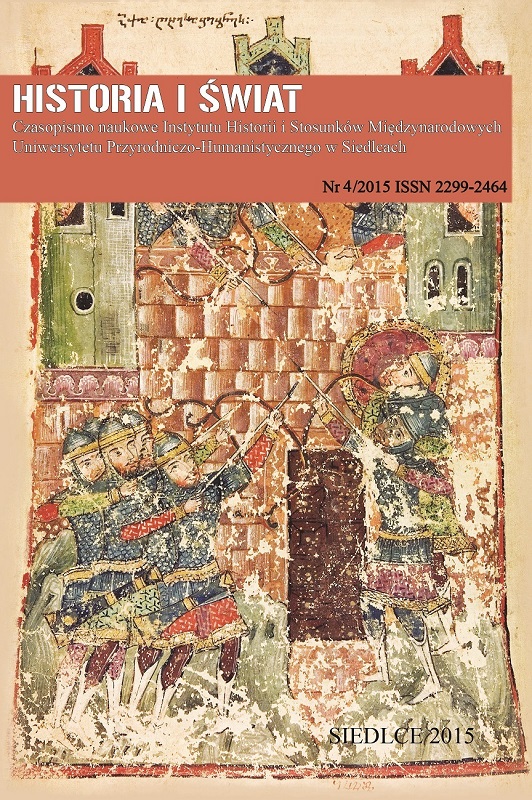Looking at Gandhāra
DOI:
https://doi.org/10.34739/his.2015.04.26Keywords:
Art History, Silk Route, GandhāraAbstract
Gandhāran artifacts serve as memory of the two millennium past aesthetics, art, culture and norms of the people of Gandhāra. The modern scholarship was started with the archaeological excavations, it’s interest in the western world with its link up, peculiar with classical forms. The intellectual society’s urge to learn from Buddhist visuals and collectionism had grown to its peak from last two centuries. The Kushan empire was into contact with the Mediterranean Rome, Egypt & Iran, one of the world’s best cultural centers of the era that burgeoned the local centers of Art and it was obvious that assimilations of forms of making artifacts were based on the demand of the patron. By these exchanges, Gandhāran Art also influenced Roman Art with introduction of Jewelry and Flower garlands etc. as it was going both ways; with exporting goods to the western society. Buddhism was also going westward, the prime time was second century CE when it saw its finest flowering and prominence on the gateway of the Silk Road. The quest for divinity through seeing art was the one way to attract lay people and theirs donation could accelerate the monastic activities from writing religious codes (Sutta in Pali, Sutra in Sanskrit) to making new Viharas (monasteries) and Chaityas (temples)
Downloads
Downloads
Published
How to Cite
Issue
Section
License
Copyright (c) 2015 Historia i Świat

This work is licensed under a Creative Commons Attribution-NoDerivatives 4.0 International License.




